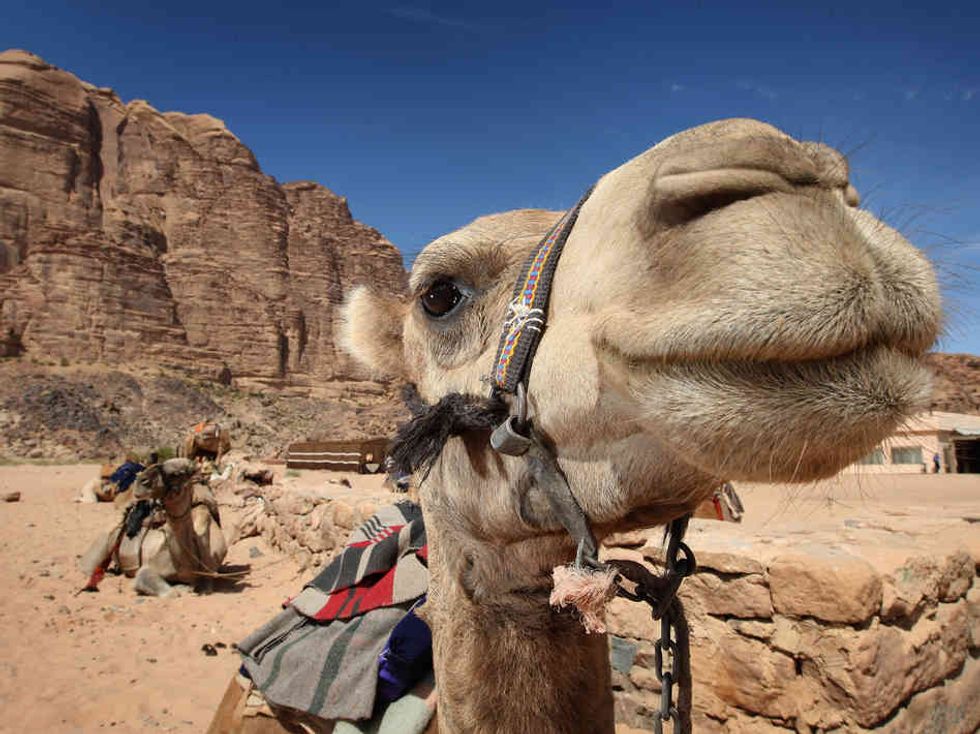Ahh hump day. The second greatest day of the work week...next to Friday of course. Wednesday is the peak of the metaphorical hill that we climb to make it to the weekend. Once we make it through hump day, it's smooth sailing 'til Friday. I have been on a mission to learn something new everyday, so in honor of this glorious Wednesday, let's learn about to our friend the camel because for camels every day is hump day.
1. The Basics.
Let's start with the important stuff. For starters, there are two types of camels, the Dromedary camel has one hump and the Bactrian has two humps.
2. So what's with the humps?
A common misconception is that a camel's humps store water so that camels can survive in dry deserts. In actuality, camels' humps store fat that camels can use as a food source if necessary. So how do they stay hydrated? Camels drink a TON of water. In fact they drink up 40 gallons of water at a time. They also have unique oval shaped blood cells which helps their blood flow even when they are dehydrated.
3. What do they eat?
Camels thick lips help them to graze on the thorny plants of the desert without injuring their mouths.
4. Transportation
According to the San Diego Zoo, camels have been domesticated for over 3,000 years. They have been used for the transport of goods and people because they can carry up to 500 lbs. on their backs. Camels run at an average speed of 25 mph but have been recorded to reach up to 40 mph.
5. Defense Mechanisms
You may have heard about camels spitting on people. This is a camel's way of deterring predators and it is actually foul smelling vomit from camels stomachs. Hey, the more ya know. It looks like camels also love to prey on small children...
Happy Hump Day to you and yours!





















